From AAA to A+: Understanding the Grading System of South Sea Pearls

South Sea pearls are highly sought-after gemstones that are treasured for their size, luster, and rarity. These pearls are found in the South Seas, which are the vast expanse of the Pacific Ocean that extends from the coast of Australia to the shores of Southeast Asia.
The South Sea pearls are graded using a complex system considering various factors such as size, shape, color, and luster. In this article, we will dive deep into the grading system of South Sea pearls and help you understand the differences between the various grades.

Factors that Affect South Sea Pearl Grading

When it comes to grading South Sea pearls, five key factors determine the overall quality and value of the pearl. These factors include the pearl's size, shape, color, luster, and surface quality.
Size
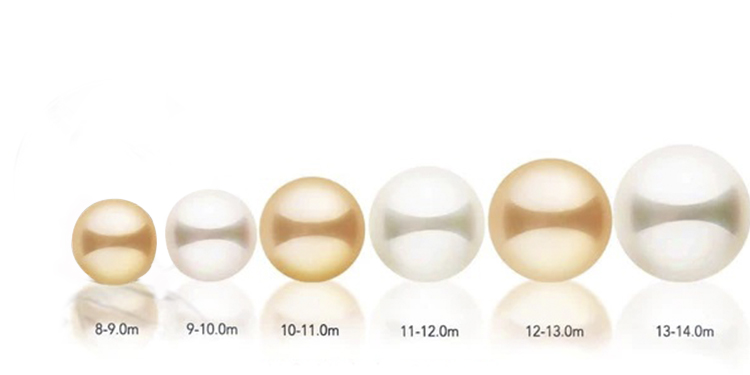
The size of a South Sea pearl is crucial in determining its value. Generally speaking, larger pearls are more valuable than smaller ones. South Sea pearls can range in size from 8mm to 20mm in diameter, with larger pearls being rarer and more valuable.
Shape
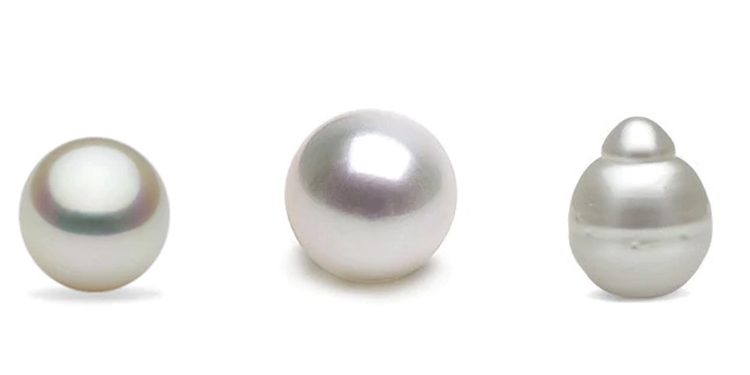
The shape of a South Sea pearl is also an important factor in grading. While perfectly round pearls are considered the most valuable, other shapes such as oval, drop, and button can also be valuable depending on their symmetry and size.
Color

The color of a South Sea pearl is another key factor in determining its value. South Sea pearls can range in color from white to golden to deep shades of champagne and even silver. The more vibrant and rare the color, the more valuable the pearl.
Luster
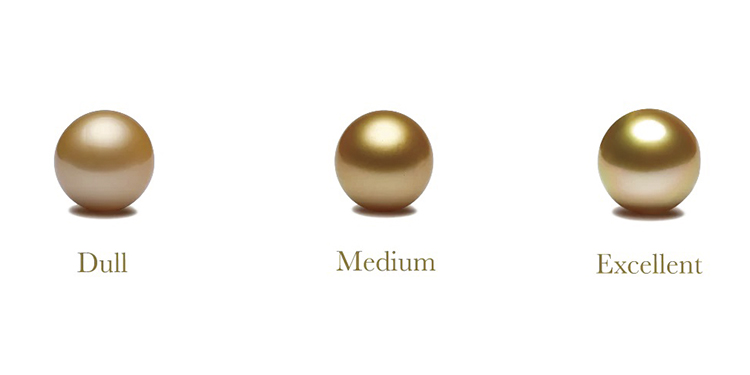
Luster is the sheen or shine of the pearl's surface, which is a crucial factor in determining the quality of South Sea pearls. The luster is affected by the thickness and evenness of the nacre layer, which is the substance that covers the pearl. The more reflective and mirror-like the luster, the higher the pearl's value.
Surface Quality

Surface quality refers to the texture and appearance of the pearl's surface. Pearls with smooth, blemish-free surfaces are more valuable than pearls with visible blemishes or imperfections. The surface quality can be affected by various factors, including the environment in which the pearl was grown and how it was handled and processed.
Overall, South Sea pearls are graded based on these five factors, with the highest quality pearls receiving the highest grades. By understanding these factors, you can better evaluate the quality and value of South Sea pearls and make informed purchasing decisions.
Understanding the South Sea Pearl Grading System
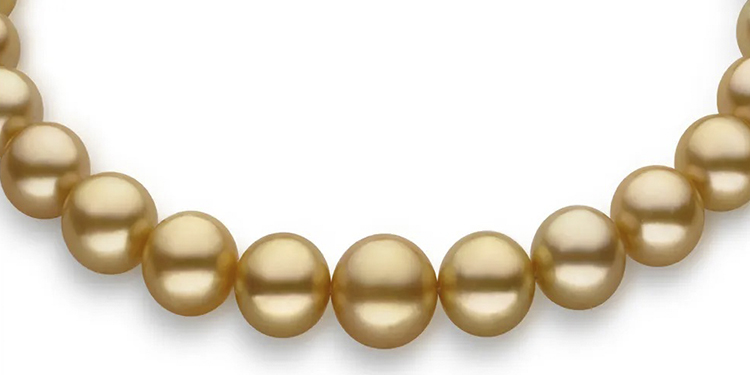
Regarding South Sea pearls, the grading system is used to determine the overall quality and value of the pearl. This system is based on a set of standards that evaluate various factors, including size, shape, color, luster, and surface quality. Here's a closer look at how the grading system works.
What is the AAA, AA+, AA, and A+ grading system?
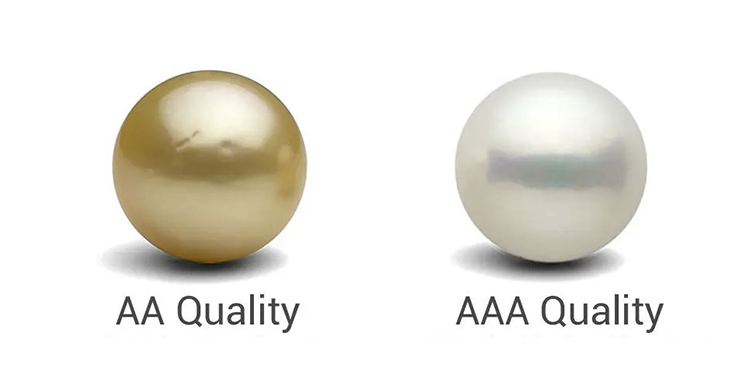
The South Sea pearl grading system is a four-grade system that ranges from AAA quality to A+ quality. Here's a breakdown of what each grade represents:
- AAA Quality: This is the highest-quality South Sea pearl grade. These pearls are considered to be of the utmost quality and possess exceptional luster, surface quality, and nacre thickness. They are also perfectly round, have a size of 15mm or larger, and come in rare and vibrant colors.
- AA+ Quality: This grade represents pearls that are just slightly less perfect than AAA-grade pearls. AA+ pearls possess high luster, good surface quality, and an acceptable nacre thickness but are not quite as thick as AAA-grade pearls. They are also slightly less round and smaller, typically between 13-15mm.
- AA Quality: AA-grade pearls are of good quality but not quite as exceptional as AA+ or AAA-grade pearls. They have good luster and surface quality but may have some slight imperfections and a slightly thinner nacre layer. They are also not perfectly round and are typically between 11-13mm in size.
- A+ Quality: This is the lowest-grade South Sea pearl, but it is still considered to be of good quality. A+ pearls have decent luster and surface quality, but may have more noticeable imperfections and a thinner nacre layer. They are also the smallest in size, typically between 8-11mm in diameter.
How do graders determine pearl quality?
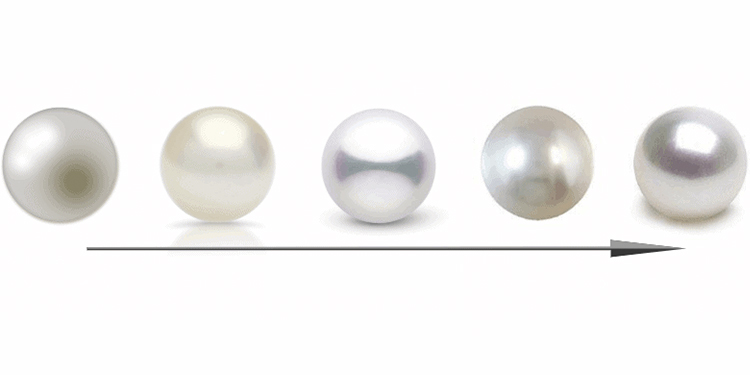
South Sea pearls are graded by trained professionals who use a combination of visual inspection and specialized tools to evaluate the pearl's size, shape, color, luster, and surface quality. These graders are trained to look for specific characteristics that indicate high quality and value, such as a thick and even nacre layer, excellent luster, and a perfectly round shape.
What are the differences between each grade?
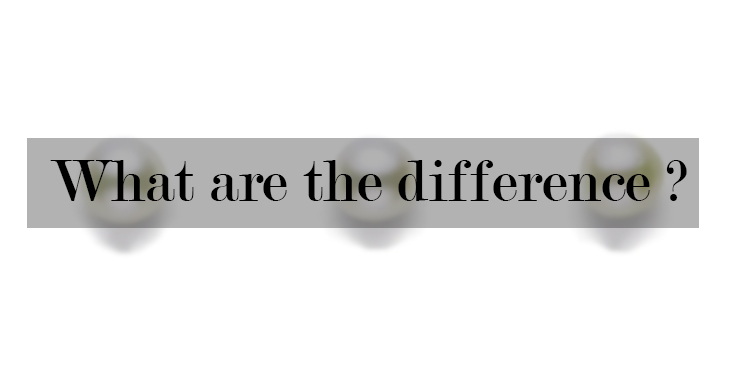
The main differences between each South Sea pearl grade are the size, shape, color, luster, and surface quality. AAA-grade pearls are the largest, roundest, and most vibrant in color, with exceptional luster and surface quality. AA+ pearls are slightly smaller and less round than AAA pearls, with good luster and surface quality. AA pearls are of good quality but may have slight imperfections and a thinner nacre layer. A+ pearls are the smallest and lowest in quality, with decent luster and surface quality but more noticeable imperfections and a thinner nacre layer.
Understanding the South Sea pearl grading system can help you make informed purchasing decisions and choose the pearls that best meet your needs and budget. By considering factors such as size, shape, color, luster, and surface quality, you can find the perfect South Sea pearls to add to your jewelry collection.
Buying South Sea Pearls
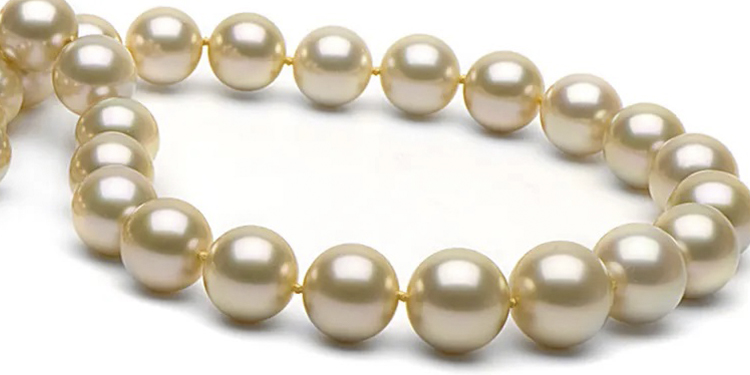
South Sea pearls are prized for their beauty, rarity, and value, making them a highly sought-after gemstone. If you're in the market for South Sea pearls, here's what you need to know about where to buy them, how to choose the best pearl for your budget, and questions to ask when purchasing.
Where to buy South Sea Pearls

There are several places where you can buy South Sea pearls, including:
- Jewelry stores: Many high-end jewelry stores carry South Sea pearls and can help you find the perfect pearl to meet your needs and budget.
- Online retailers: Several online retailers specialize in selling South Sea pearls. However, be sure to do your research and read reviews before making your purchase.
- Auctions: Auction houses often sell rare and valuable South Sea pearls, but they can be quite expensive.
When buying South Sea pearls, buying from a reputable seller who can provide you with a certificate of authenticity and a quality guarantee is important.
How to choose the best pearl for your budget
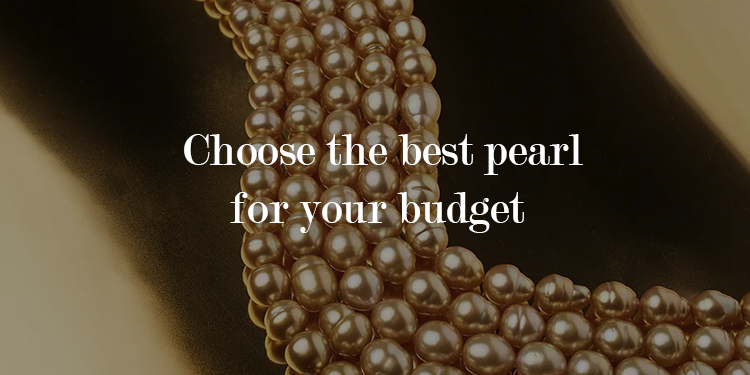
When choosing a South Sea pearl, there are several factors to consider, including:
- Budget: South Sea pearls can be quite expensive, so it's important to set a budget and stick to it.
- Size: Consider the size of the pearl and how it will look when worn.
- Shape: Consider the shape of the pearl and how it will complement your style.
- Color: Consider the color of the pearl and how it will look against your skin tone.
- Luster: Look for pearls with high luster and a mirror-like shine.
- Surface quality: Look for pearls with a smooth and blemish-free surface.
Ultimately, the best South Sea pearl for your budget depends on your preferences and style.
Questions to ask when buying South Sea Pearls

When buying South Sea pearls, asking the right questions is important to ensure you get a high-quality and authentic product. Here are some questions to consider asking:
- Can you provide a certificate of authenticity and guarantee of quality?
- How was the pearl grown and processed?
- What is the pearl's size, shape, color, and luster?
- Can I see the pearl in person before making my purchase?
- What is your return policy?
By asking these questions, you can ensure you buy a high-quality and authentic South Sea pearl.
South Sea Pearl Grading FAQs
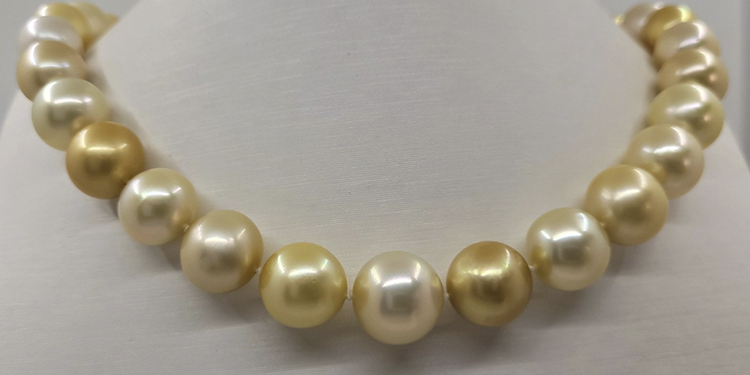
South Sea pearls are highly valued for their beauty and rarity, but there are often questions about the grading system and how to choose the best pearl for your needs. Here are some common FAQs about South Sea pearl grading.
What is the difference between the South Sea and Tahitian pearls?

South Sea pearls and Tahitian pearls are both saltwater pearls, but they come from different regions and have different characteristics. South Sea pearls come from the waters of Australia, Indonesia, and the Philippines, and are known for their large size, bright colors, and thick nacre layers. On the other hand, Tahitian pearls come from the waters of French Polynesia and are known for their unique colors, including black, gray, and green.
How much should I expect to pay for a South Sea pearl necklace?
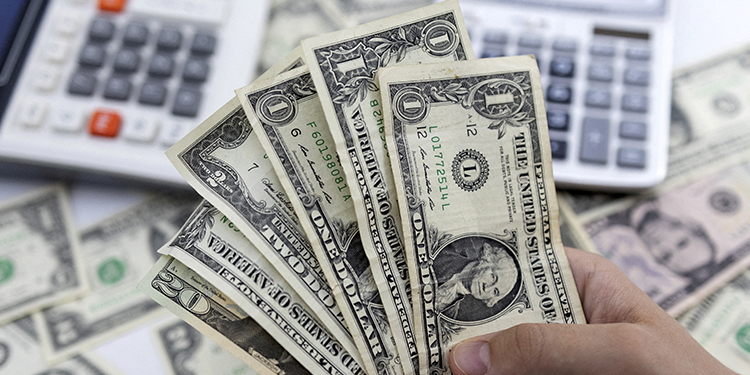
The price of a South Sea pearl necklace can vary depending on several factors, including the quality, size, and color of the pearls, as well as the length of the necklace and the type of clasp. Generally speaking, South Sea pearls are some of the most expensive on the market, with prices ranging from several thousand dollars to tens of thousands or more.
Are AAA-grade pearls always better than AA+ grade pearls?
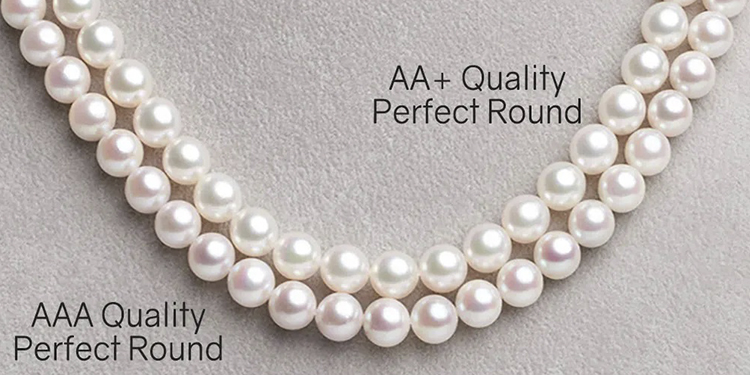
While AAA grade pearls are generally considered to be of higher quality than AA+ grade pearls, but each grade can vary based on factors such as size, color, and shape. Ultimately, the best pearl for your needs depends on your preferences and budget.
Can pearls change grades over time?

Pearls are a natural product and can change over time due to factors such as wear and tear, exposure to chemicals, and changes in the environment. However, a pearl's grade is typically determined at the time of harvest and does not change over time.


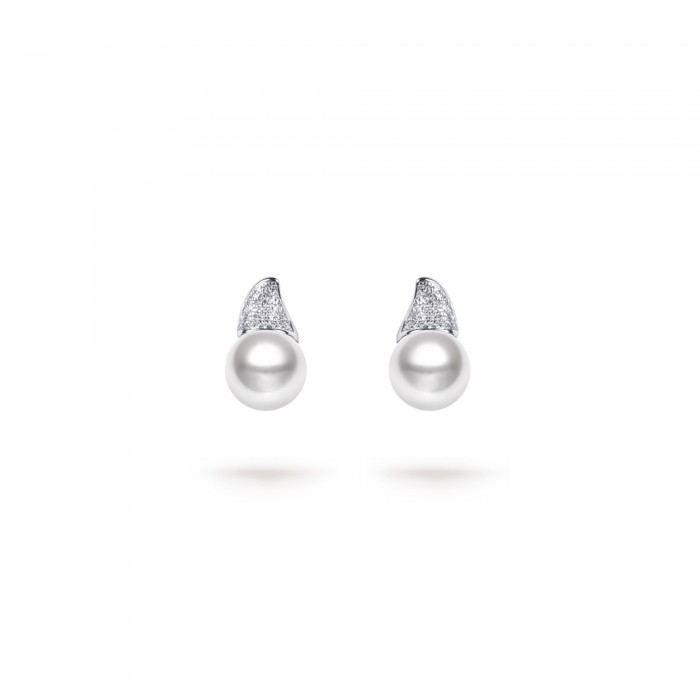
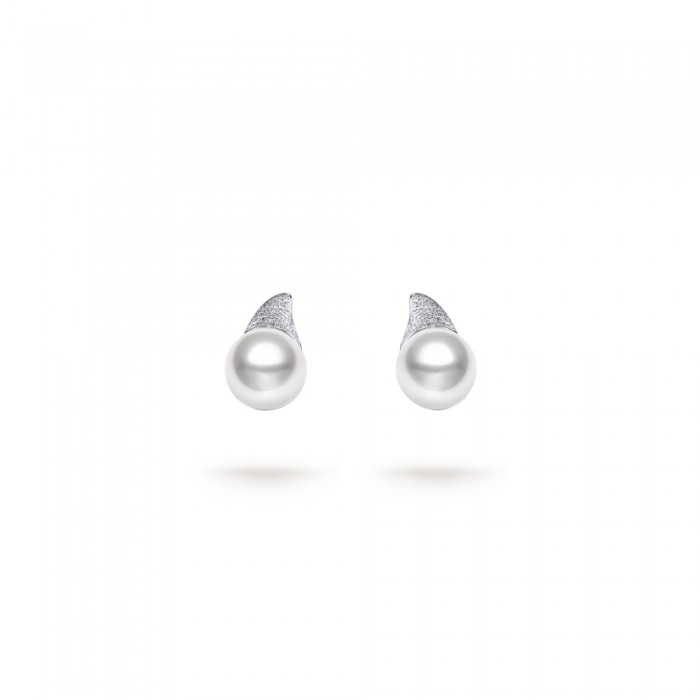
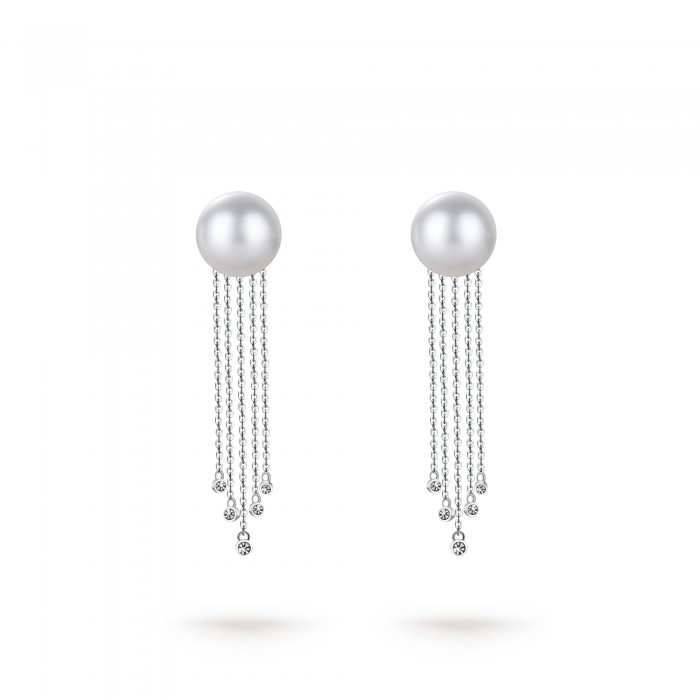
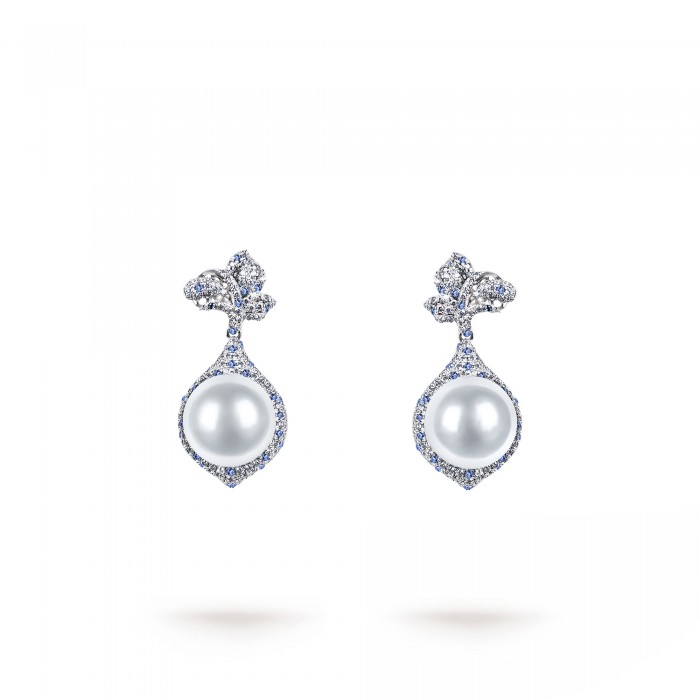
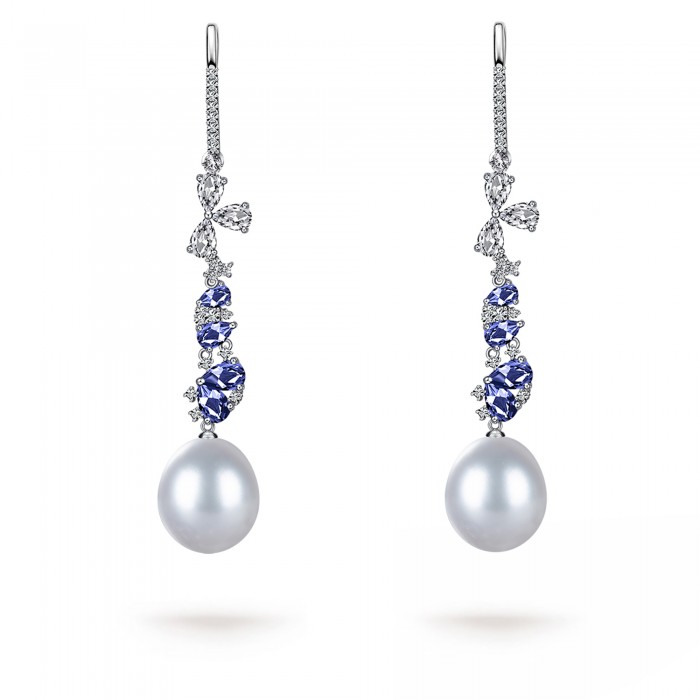
Leave a Comment